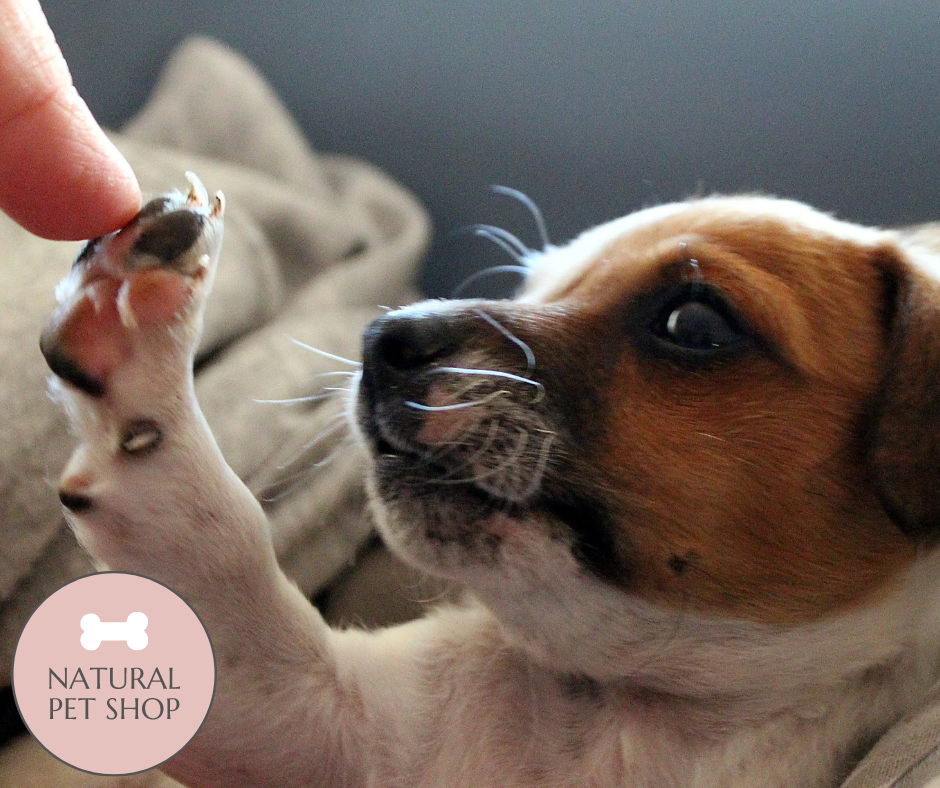There are a few words that I think all dog trainers would agree your dog should know. These
are by no means listed in an exact order of importance, but I will try to go through them in a
loose order of when I would teach each word. Remember, our dogs don’t understand
language, but we are instead building word associations that allow us to both cue
behaviours and communicate with our pets. As a rule of thumb, we spend far too much time
using words our dog doesn’t know!
The first word I always teach a dog is their marker word. A marker is simply the word that
pre-empts a reinforcer. Most people naturally say, ‘good boy’ and then give a treat, most
dog trainer will suggest using the word ‘yes’ here instead. Ultimately you want to choose a
word that you will only say to the dog just before they are to receive their reward. Its like if I
were to give you a cheque! To make this word mean something to the dog you must first do
something called ‘charging the marker’. This simply means that you sit in front of the dog
with their bowl of food or some treats and repeat saying ‘yes’ and then feeding. With time
and repetitions the dog should hear the word yes and react excitedly as they understand
that this means food is about to be given to them.
One of the most common cues that my clients are initially interested in teaching their dogs
is either a sit or a down. Being able to ask your dog to get into positions is not only helpful,
its also a fun way to begin showing your dog that you’re a team that can communicate with
each other. To ask for a sit you will need to put food to the dog’s nose and then slowly pull
the food up and backwards so that they want to rock their body backwards to stay looking
at your hand. This is a method of dog training called ‘luring’ and it essentially means that
you get the dog into position by moving their nose. Where the nose goes, the body will
follow!
Once you’ve nailed your ‘sit’ cue down is an easy natural progression. Sticking to the theme
of luring, once the dog is in a sit you put food to their nose and slowly lower it in a straight
line to the ground. Keep your hand still here without letting the dog get the treat until they
down! Remember another rule in dog training- ‘don’t name it til you like it!’ This essentially
means that until you’re predictably getting the desired behaviour without the lure you
shouldn’t start saying ‘down’.
One of the best cues you can teach your dog or puppy to keep them safe is ‘leave it’. Leave
it essentially means don’t go near that object you’re interested in. This comes in handy in
situations where you may come across a food item that your dog wants to pick up. A strong
‘leave it’ cue will ensure that your dog is kept safe from eating any objects off the street that
may be potentially dangerous. I had a client tell me recently that a leave it cue recently
saved their dog when they dropped one of their tablets on the floor accidentally! For dogs
that like to scavenge, and strong cue here can literally be a matter of life and death.
Teaching your dog to come when called is crucial if you plan on allowing your dog to be off
lead in public. This is probably the most common behaviour I get called to come in and help
teach. Whilst most dogs will happily come to their owners in the home, outdoors there are a
ton of distractions, or things we dog trainers like to call competing motivators. For some
dogs it’s chasing squirrels and birds, and for others it’s the temptation to run over to every
new dog they see! Whatever the distraction, it’s crucial to train our pets that coming when
called is the most valuable thing they can do when off lead. This is something a good dog
trainer can help you to achieve.
The last cue I ask my clients to train their dogs/ puppies is ‘stay’! Stay essentially provides a
great way to ask your dog to hold position in times when it may not be safe for them to
move. I tend to provide the example of emptying the car of shopping. You may be near a
road and its not safe for the dog to be running around. Asking the dog to go into a down and
then stay put keeps them safe whilst your occupied and unable to hold on to them.
Teaching stay can be hard work for more active breeds and thus I tend to suggest starting
this when the dog is tired and naturally more inclined to keep still anyway!
Ultimately no one can tell you what cues you MUST teach your dog but hopefully this list
will give you a good insight into the ones dog trainers tend to value above al’ else. It’s great
fun to teach your dog a range of cues like ‘paw’ and ‘spin’ etc but the ones that keep them
safe and coexisting nicely within the family are of top priority!
About the author:
Annie-Mae Levy
Dog Behaviourist & Trainer
Canine Nutritionist
www.ani-mal.co.uk
annie@ani-mal.co.uk
Give her a follow -
Instagram: @annietrainsdogs
Facebook: @anniesdogs


